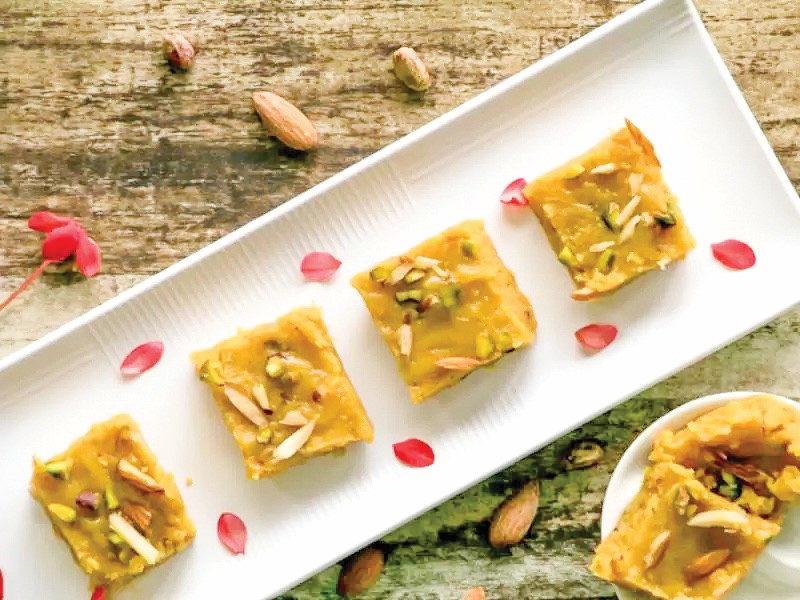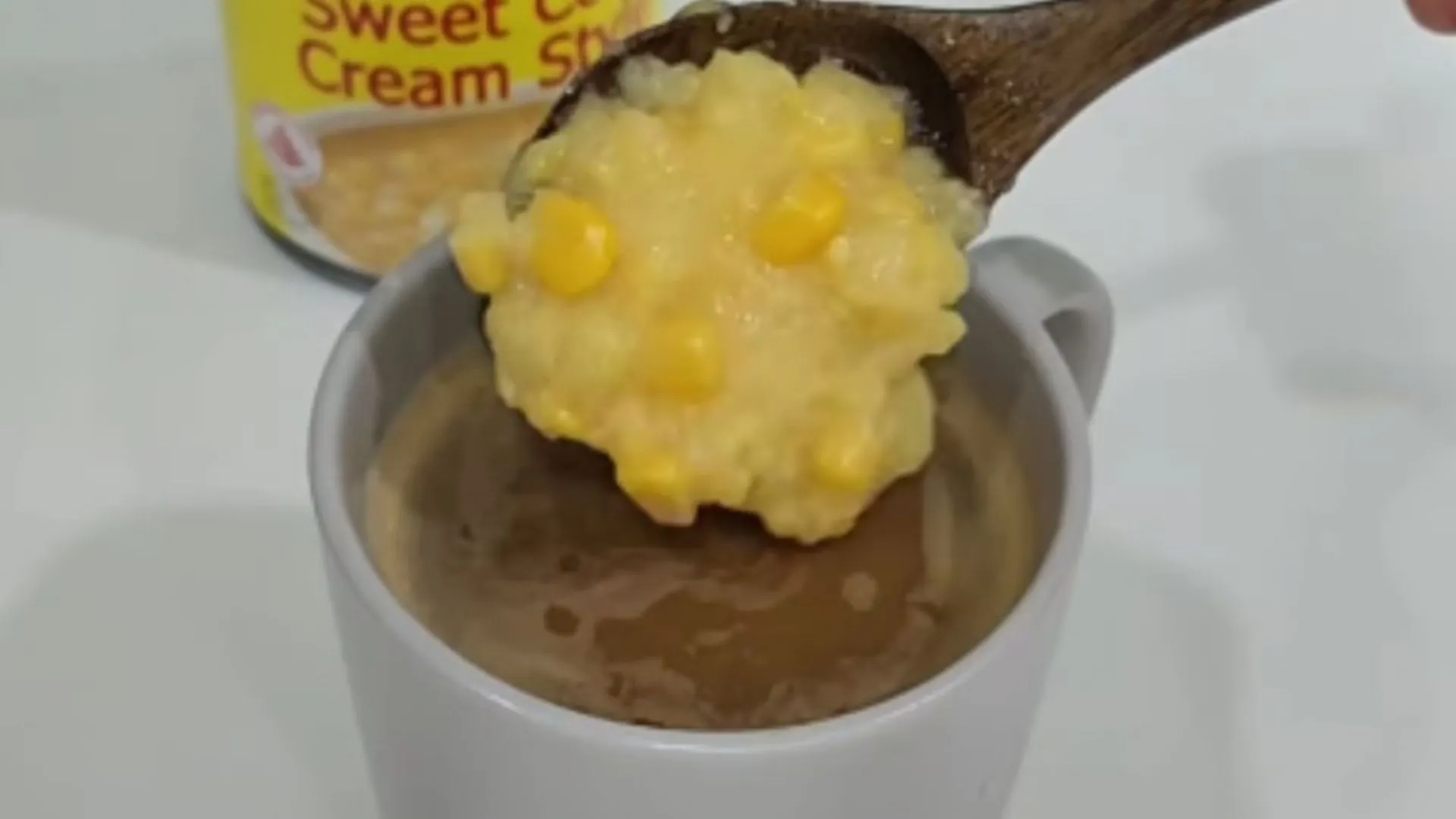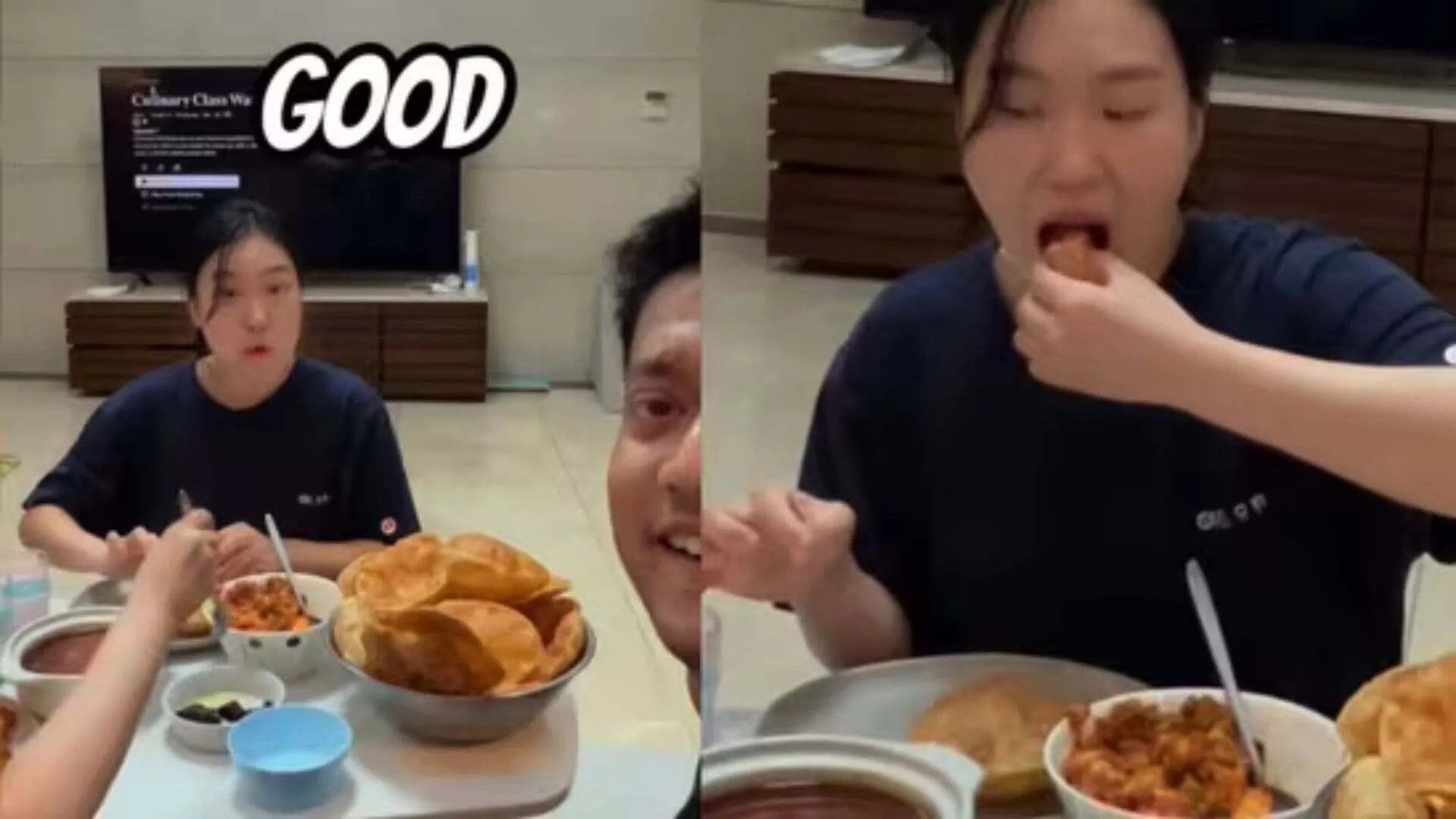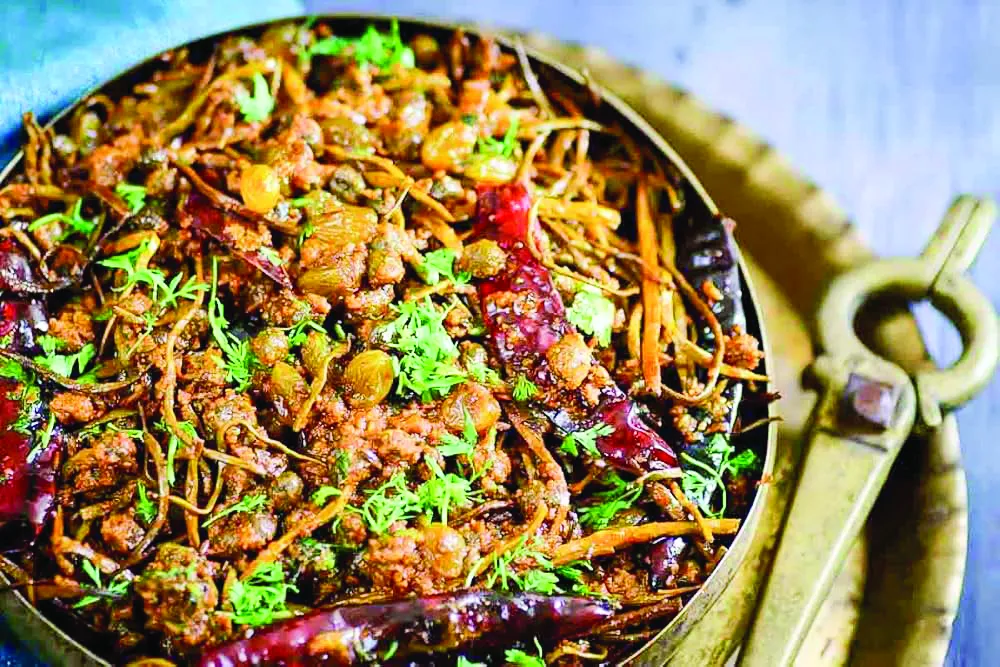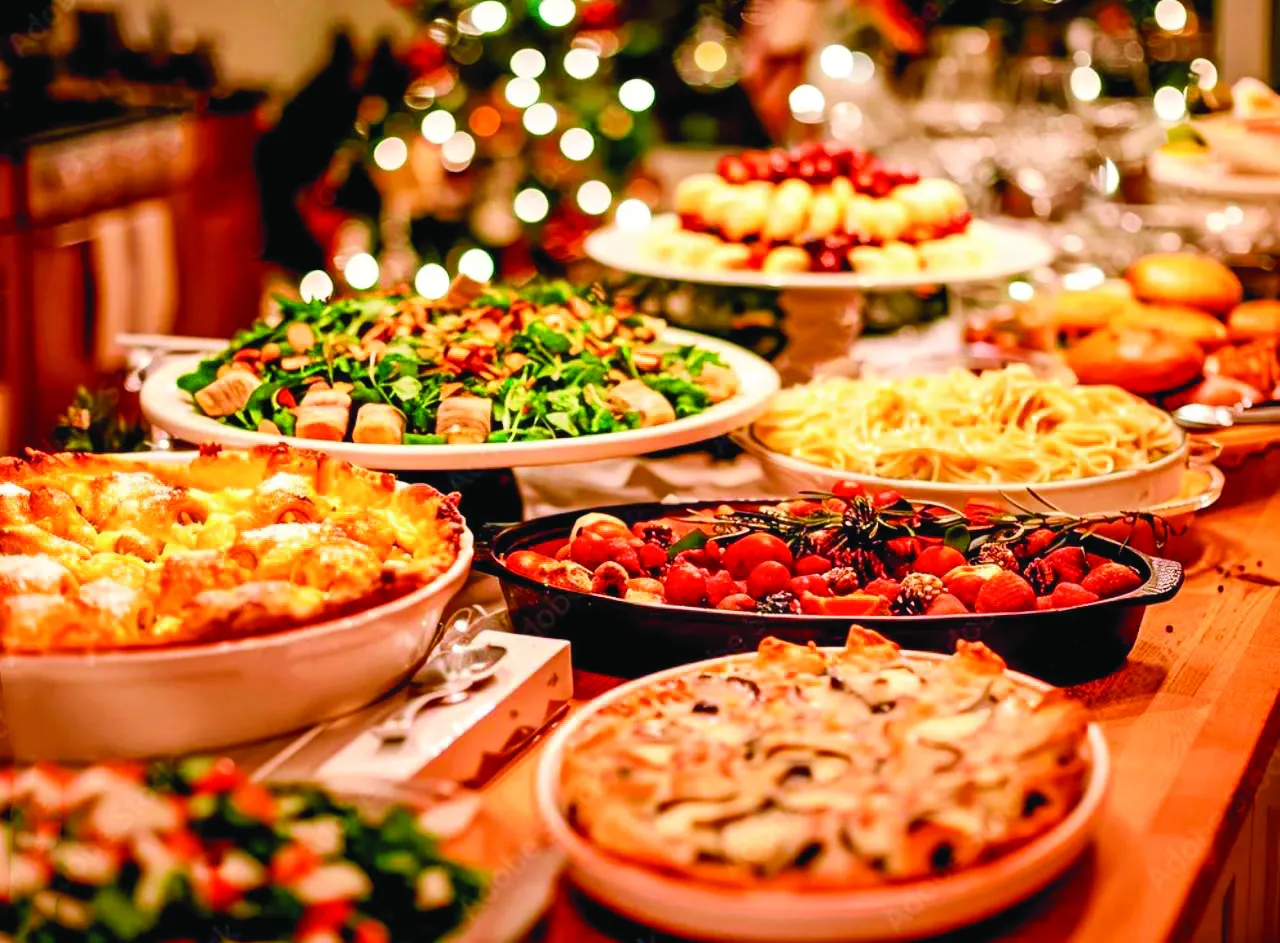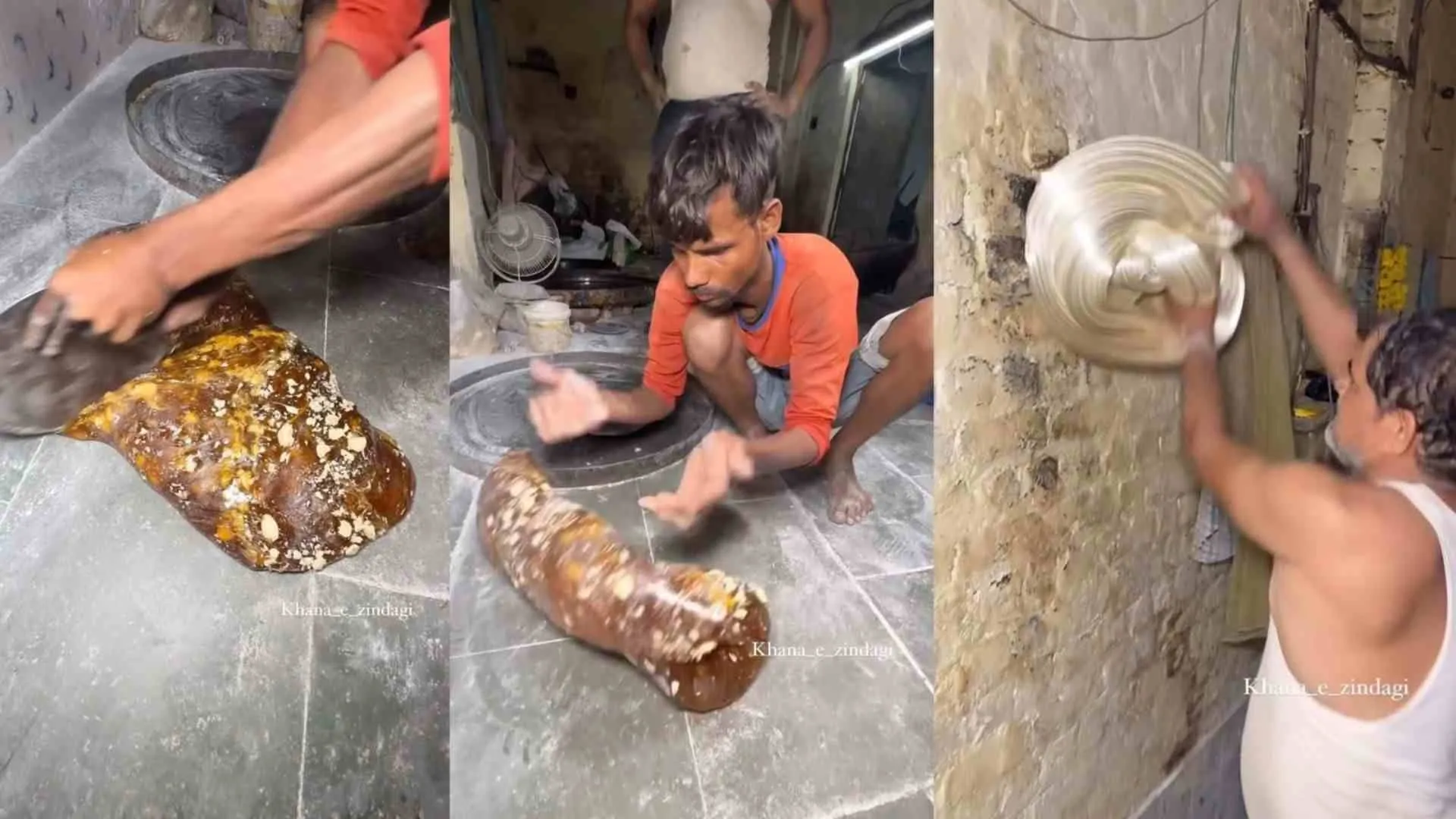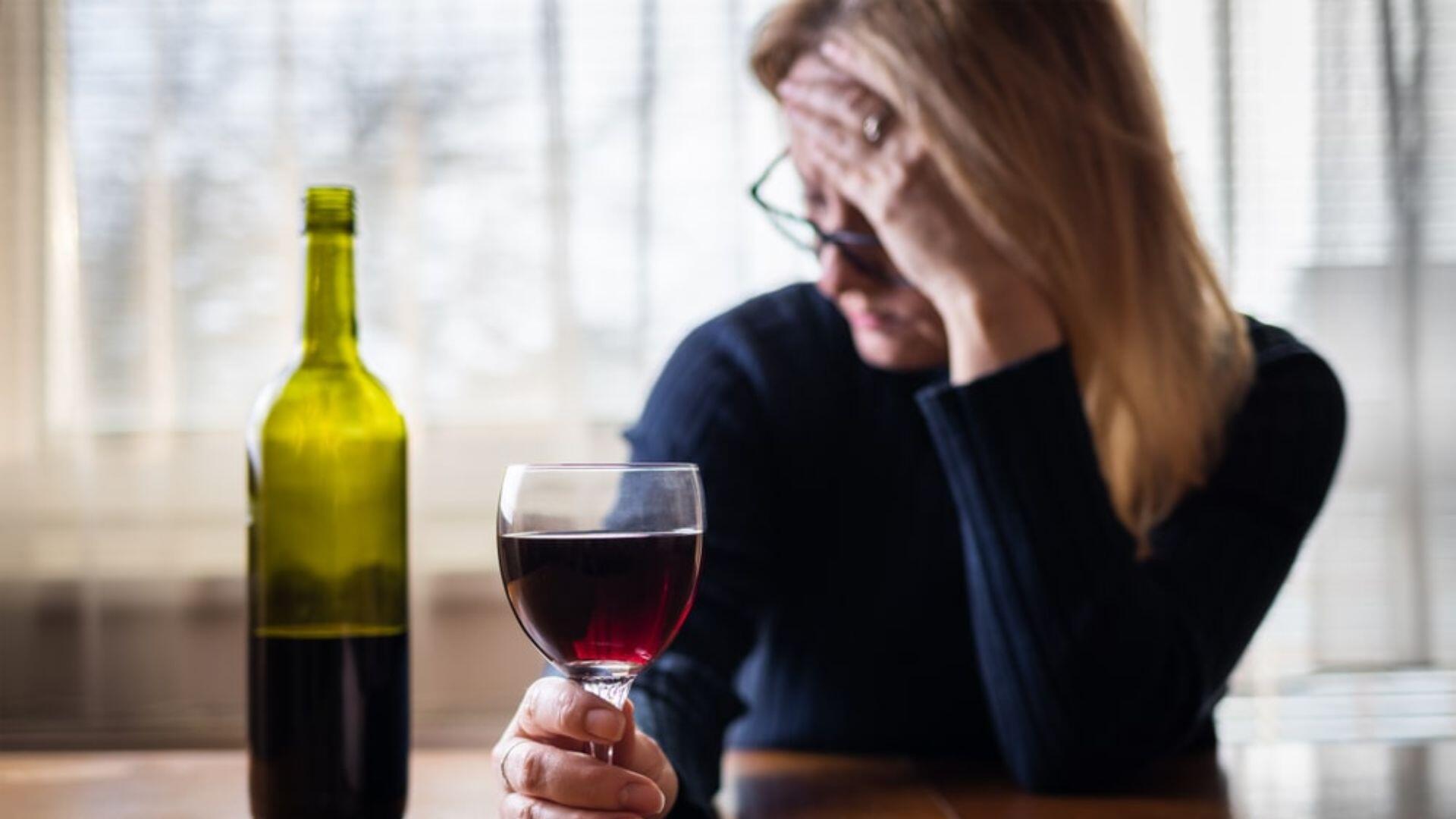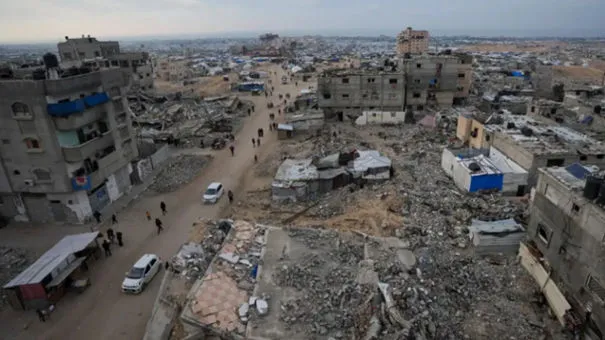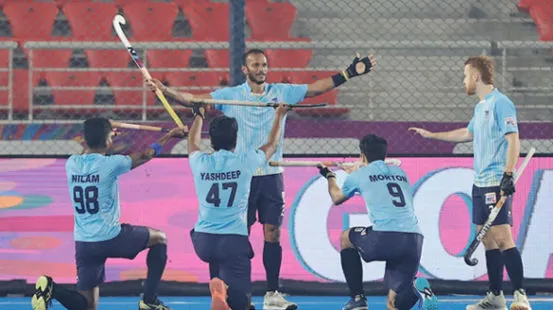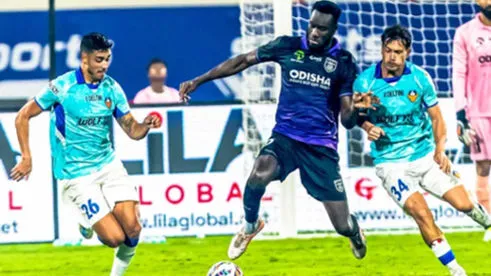The smell of ghee floats through ancient havelis, the soft shaking of metal pots in small bazaar streets, and the constant buzz of activity in innumerable kitchens is how Rajasthan celebrates Diwali. From the busy streets of Jaipur to the isolated villages of Jaisalmer, each part of Rajasthan tells its own Diwali story through unique sweet creations. Each recipe reflects generations of history, carefully maintained and passed down by families that take great pleasure in their work. These aren’t simply sweets; they are the emotion of combining local ingredients, age old traditions, and the warm hospitality that Rajasthan is known for.
The connection of sweetsThe royal kitchens of Jodhpur, Jaipur, Udaipur, and Bikaner were once buzzing laboratories where expert halwais (sweet makers) experimented with ingredients and techniques. These masterchiefs worked with pure ghee from local dairies, nuts from Gujarat’s orchards, and saffron from Kashmir to create confections worthy of maharajas.
The royal families maintained detailed records of these recipes in bahi khatas (ledgers), some of which have survived to this day. Each princely state developed its signature creations; Jodhpur became famous for its mawa kachori, while Jaipur’s mishri mawa earned widespread recognition. Today, these recipes have democratized, finding their way into neighborhood sweet shops and family kitchens across Rajasthan.
Ghevar, the King of Rajasthani SweetsThis disc shaped sweet demands precision at every step of its creation. The batter, a carefully measured mixture of refined flour, ghee, and milk, must be poured from exactly the right height into hot ghee, creating its characteristic web like structure.
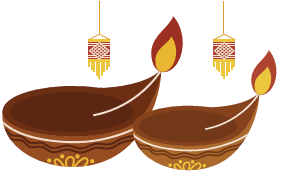
During Diwali, Ghevar undergoes special transformations. The classic Malai Ghevar gets a festive upgrade with a topping of thickened cream that’s been slowly reduced for hours with cardamom and saffron. The more elaborate rabdi Ghevar features layers of reduced milk solids cooked until they develop a subtle caramel note. Some families in Jaipur even prepare a rare variation called Ghevar ki Chaat, where the sweet disc is broken into pieces and served with spiced rabdi and fresh pomegranate seeds.
Mohanthal, The Pride of Western RajasthanIn the western reaches of Rajasthan, Mohanthal reigns special during Diwali. This gram flour fudge requires an intricate process called “moin,” where ghee and besan are rubbed together until the mixture resembles breadcrumbs, a step crucial for achieving its characteristic grainy texture.
The besan undergoes three stages of cooking: first dry-roasting, then the moin process, and finally slow cooking with sugar syrup. Traditional Rajasthani families add a secret combination of spices called “khada masala,” which might include ground cardamom, nutmeg, and a pinch of black pepper. The final touch involves creating a marbled effect by folding in milk solids at different temperatures, a technique that takes years to master.
Besan ki Chakki, the sweetness of loveIn the narrow lanes of old Rajasthani cities, the preparation of Besan ki Chakki brings entire neighborhoods together. This community activity, known locally as “chakki baant,” involves women gathering in courtyards to prepare massive batches of this beloved sweet. The process begins at dawn when the besan is slow-roasted in large kadais (woks) with pure ghee.
What makes Rajasthani Besan ki Chakki unique is its layered flavoring. The base layer contains roasted besan and sugar, while subsequent layers incorporate crushed fennel seeds, cardamom, and a surprising pinch of rock salt that enhances the overall taste. The mixture is then shaped into wheels using traditional wooden molds, many of which are family heirlooms passed down through generations.
Churma Ladoo, From Warriors to Festive TablesThe evolution of Churma Ladoo reflects Rajasthan’s warrior heritage. Originally created as compact energy balls for Rajput warriors, these ladoos have transformed into sophisticated Diwali treats. The process begins with kneading a stiff dough using whole wheat flour, ghee, and milk. The dough is shaped into baatis (small bread), deep-fried, and then ground with sugar and ghee. Modern variations have introduced new elements while respecting tradition. Some families in Udaipur add roasted gram flour for extra texture, while others incorporate dried fruits soaked in saffron milk. A special Diwali variation includes a coating of poppy seeds and desiccated coconut, symbolizing prosperity and good fortune.
Mawa Kachori, Jodhpur’s Gift to DiwaliThe streets of Jodhpur’s old city, particularly around the clock tower, are famous for their Mawa Kachori shops. Unlike its year round version, the Diwali special Mawa Kachori undergoes additional steps of preparation. The outer shell is made with fine flour kneaded with saffron water and ghee, rolled paper thin, and shaped into perfect circles.
The filling is a complex mixture of khoya (reduced milk solids), crushed nuts, cardamom, and a special mix of dried fruits soaked in rose water. During Diwali, some shops add edible silver warq (silver foil) and pistachios, creating a treat that’s as visually stunning as it is delicious. The kachoris are then deep-fried at a specific temperature to achieve the perfect flakiness and soaked in sugar syrup flavored with kewra water.
The Art of Mawa MishriIn Jaipur’s Johri Bazaar and Udaipur’s Lakhara Chowk, the preparation of Mawa Mishri is treated as an art form. This unique sweet combines crystallized sugar with fresh mawa in a process that requires constant attention. The mawa is first slow-cooked until it develops a slight caramel note, then combined with crushed mishri (rock sugar) that’s been ground to specific crystal sizes.
During Diwali, sweet makers add their special touches; some incorporate rose essence, while others add a layer of chopped pistachios and almonds. The mixture is then shaped into traditional diamond forms, symbolizing wealth and prosperity. Each piece is often wrapped in silver warq and decorated with edible golden dust, making it a premium Diwali gift.
Balushahi, The Desert’s DoughnutBikaner’s version of Balushahi has earned a special place in Rajasthan’s Diwali celebrations. The dough is made using a specific type of flour called “naram atta” (soft flour) and ghee that’s been clarified multiple times. The proportion of ghee to flour is crucial; too much makes them greasy, and too little makes them hard.The Diwali special version involves additional steps. After frying, the Balushahis are soaked in a sugar syrup infused with saffron and cardamom. Some traditional sweet makers in Pushkar add a touch of rose water and garnish with dried rose petals. A variation unique to Rajasthan includes a filling of reduced mawa and crushed nuts, making them more festive and elaborate.
How traditions are kept alive through sweetsThe preservation of these sweet making traditions has become a priority for many Rajasthani families. During Diwali, older generations organize workshops to teach young family members the intricate techniques and subtle nuances of sweet preparation. Many families maintain detailed recipe books, complete with notes about seasonal adjustments and specific techniques.
The Community SpiritSweet making during Diwali in Rajasthan is inherently communal. Neighborhoods often designate specific days for preparing different sweets, with families contributing ingredients and sharing labor. This practice, known as “mitha baanto” (share the sweets), ensures that even families with limited resources can participate in the festivities.
A Sustainable ApproachContemporary Rajasthani sweet makers are adapting traditional recipes to meet modern dietary preferences while maintaining authentic tastes. Some use unrefined sugar or jaggery, while others incorporate natural sweeteners like dates and figs. These adaptations ensure that traditional sweets remain relevant for health-conscious generations.
Cultural ImpactThese sweets are integral to Rajasthan’s cultural fabric, playing crucial roles in various Diwali rituals. Specific sweets are prepared for different days of the festival; Dhanteras calls for Mohanthal, while Bhai Dooj traditionally features Besan ki Chakki. Each sweet carries its own significance and is often accompanied by specific customs and traditions.
Looking to the FutureWhile embracing modern techniques and health conscious adaptations, Rajasthan’s sweet makers are committed to preserving the essence of traditional recipes. Some innovative approaches include using reduced-sugar variations and incorporating superfoods like chia seeds and flax seeds. However, the focus remains on maintaining the authentic taste that has made these sweets an inseparable part of Diwali celebrations.
As Diwali illuminates the desert state, these sweets continue to brighten homes and hearts across Rajasthan. They represent the state’s rich cultural heritage, community bonds, and the timeless tradition of celebrating life’s sweetest moments together. In every bite of these Diwali delicacies, one tastes not just sugar and ghee but the warmth of Rajasthan’s hospitality and the depth of its traditions.

